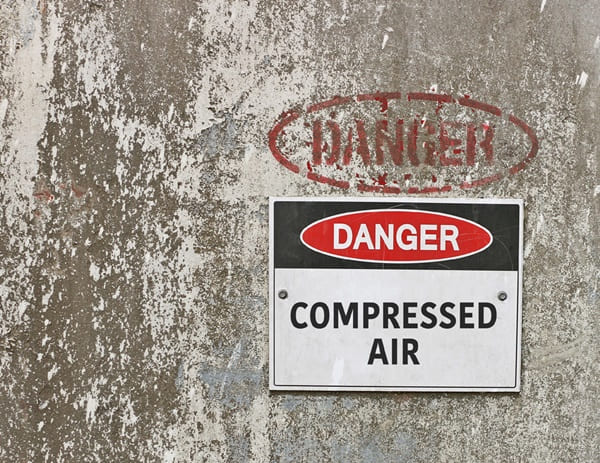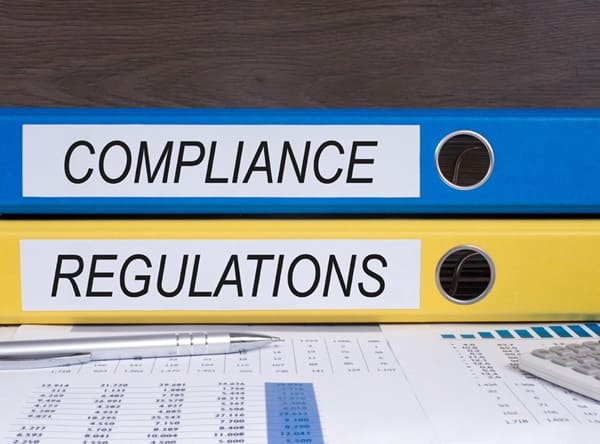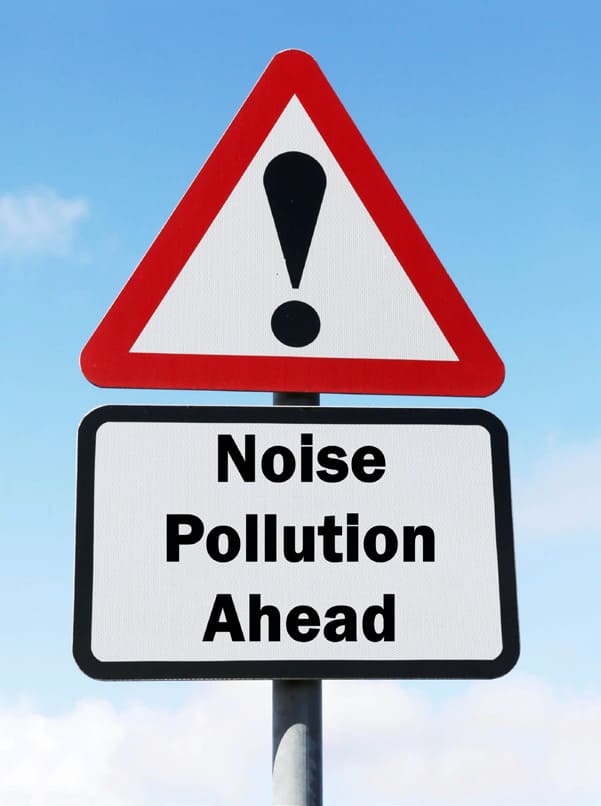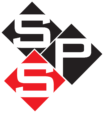Safer, Economical and Efficient
PERFORMANCE AND PROTECTION
Personal protection is paramount, and the Jet-Kleen™ is a personal protection powerhouse
Jet-Kleen™ and Jet-Kleen Limited™ units are safer and easier to use than potentially lethal compressed air systems. Achieve OSHA compliance without sacrificing performance, as the Jet-Kleen delivers a high volume of air at safe 3.0 psi (207 mBar), well within applicable guidelines.
Heavy-duty construction means Jet-Kleen units deliver years of reliable service in production environments. Foam insulation ensures low-noise operation at a maximum of 78 dB.
Jet-Kleen units are portable and require very little maintenance, allowing businesses to improve safety while cutting costs.
SAFER, CLEANER, AND LESS COSTLY THAN COMPRESSED AIR
The safe, efficient Jet-Kleen™ is an environmentally-friendly alternative
The dangers associated with the use of compressed air systems in commercial, industrial, educational, and institutional facilities are well-documented by medical researchers and regulatory authorities such as OSHA and the Council of Europe. Growing awareness of these hazards has led to increasing regulatory oversight worldwide. The use of compressed air for cleaning plant equipment or personnel is strictly prohibited in parts of Canada and some European jurisdictions.
By Michael Hurley Specialized Safety Products
PRESSURE INCREASES TO IMPLEMENT SAFE ALTERNATIVES TO COMPRESSED AIR
Growing awareness of the dangers and potential liabilities of compressed air has industries and institutions exploring new options
Compressed air is so commonly used in commercial, industrial, and institutional settings that it is often incorrectly assumed to be safe, or less potentially dangerous than it actually is. In fact there are numerous hazards associated with the use of compressed air, and accidents and injuries involving compressed air cost US business millions of dollars each year. These costs are both direct and indirect, involving medical emergencies, equipment damage, production wastage, production downtime, as well as rising insurance costs and increased regulatory burdens.
Compressed air poses three distinct inherent risks: from air pressure, airborne particulate matter, and noise. These risks are increased exponentially when compressed air technology is used in an unsafe or negligent manner, and also when the equipment associated with compressed air systems is not maintained in optimal condition. Thousands of accidents occur in US workplaces each year because employees are improperly trained or insufficiently aware of the potential dangers of compressed air, and thousands more are the result of improperly installed or maintained systems and worn or damaged system components.
Beyond these immediate risks, compressed air systems have proven to be costly to install, operate, and maintain at a level that is fully compliant with changing safety regulations. Furthermore, in many applications the existence of high-pressure

Compressed air systems can be hazardous and create potential liabilities for employers.
compressed air for pneumatic operations may increase employer liabilities and substantially impact the cost of insurance.
In recent years, evolving workplace safety regulations and increased awareness of the risks and costs associated with traditional compressed air technologies have created a rapidly expanding market for a new generation of low-pressure blower systems for use where compressed air would pose an unacceptable level of risk either to equipment or personnel. These systems are typically designed to limit exposure to pressurized air streams and airborne particulates, and operate at noise levels well within regulatory guidelines. An unexpected benefit of these alternative systems is that they are also generally less expensive to operate and maintain.

Regulations and safety guidelines have tightened and compliance is not optional.
High pressure equals high risk
The dangers associated with the use of compressed air systems in commercial, industrial, educational, and institutional facilities is well-documented by medical researchers and regulatory authorities such as OSHA and the Council of Europe.
• Air discharge pressures are unsafe for contact with the skin and can cause severe injury
• Air discharge contains multiple contaminants including oil, water, dust, debris
• Blowback from air discharge may contain production debris such as wood or metal chips
• Air compressors are a significant contributor to hazardous noise levels
Growing awareness of these hazards has led to increasing regulatory oversight worldwide. The use of
compressed air for cleaning plant equipment or personnel is strictly prohibited in parts of Canada and some
European jurisdictions.
A matter of airborne particulates

Microscopic contaminants and particulates pose significant risks to exposed personnel.
Compressed air systems are common in industrial facilities but the true costs and potential liabilities associated with these systems are typically underestimated or not fully understood by management.
• Compressed air systems are energy-intensive
and expensive to operate
• Accidents, injuries, insurance liabilities
• Safety training, enforcement, regulatory
compliance
• Equipment damage, product wastage, air
leakage, production downtime
Compressed air is more expensive than typical utilities such as water, electricity, and natural gas. Greater regulatory oversight and rising energy unit prices will only increase these costs and liabilities over time.
Fears about ears
Air compressors and compressed air systems are known to be significant contributors to high levels of workplace noise, which is recognized as a hazard and regulated by OSHA, as well as state and local authorities. Even small compressors generate potentially harmful levels of noise and require that operators and other potentially exposed personnel use ear protection. Large industrial multi-unit compressor banks for plant-wide pneumatics operate at dangerously high decibel levels at all times. Although in such situations the main compressors may be some distance away from production workers, the local discharge of pressurized air from these systems is still a serious noise hazard requiring protective measures.
In studies of industrial environments involving extensive use of compressed air for manufacturing and assembly, noise levels exceeding 120 decibels are common, with noise levels from hand tools of 95-110 decibels routinely recorded at the operator’s ear. Although protective measures can be effective in ameliorating this risk, safety compliance requires constant monitoring and enforcement which itself can become a significant expenditure.

Compressed air systems may emit hazardous levels of noise.
A BREATH OF FRESH AIR
The Jet-Kleen series of high-performance, personnel blow-off systems
Specialized Safety Products developed its popular Jet-Kleen series of high-performance personnel blow-off systems to provide cost effective safety solutions to a wide range of industries and institutions, responding to the growing demand for a safe and effective alternative to compressed air. Jet-Kleen units have been installed in industrial facilities, factories, warehouses, chemical plants, paper mills, schools, colleges, museums, workshops, and studios all over the world where safety is paramount.
These systems use an exclusive blower-driven technology to deliver a high volume of particulate-free air at safe pressure levels that are well within OSHA and CE standards. Operating at a safe and efficient 1.9-3.0 psi, all models in the Jet Kleen series can be used to clean personnel, product, and equipment. The output is much cleaner than that of compressed air systems and Jet-Kleen units are much quieter as well, running at a maximum of 78 db.
• Safer and more efficient than compressed air
• Clean air output at 1.9 – 3.0 psi
• Cost-effective blower-driven system
• Quiet operation at no more than 78 db
• Rugged, heavy-duty construction with chip guard
• Range of models and options available
The Jet-Kleen series includes the original Jet Kleen and the recently introduced Jet-Kleen Limited. Both are offered in portable and wall mount models with a variety of options and attachments available. Contact Specialized Safety Products for sales or technical assistance.
Decompress for safety
The real hazards and the alarming scope of potential liabilities associated with compressed air systems have only recently become fully apparent through a combination of scientific research, technological developments, and the accumulation of medical data from a growing database of case studies. This awareness has in turn spurred extensive new regulatory guidance, enforcement, and intervention. The evolving regulatory picture has resulted in rising costs for business owners in the form of expanded training requirements, greater compliance burdens, and increased insurance premiums.
This uncertain environment has created a demand for market alternatives such as low pressure, low-noise systems that deliver clean air and adhere to or exceed OSHA and CE standards. These systems may be particularly attractive to educational and institutional markets where personal safety is paramount. But even large scale industrial operations committed to pneumatics can improve safety, ensure regulatory compliance, limit liabilities, and realize savings by deploying these safer alternatives for personnel and equipment clean-up.
